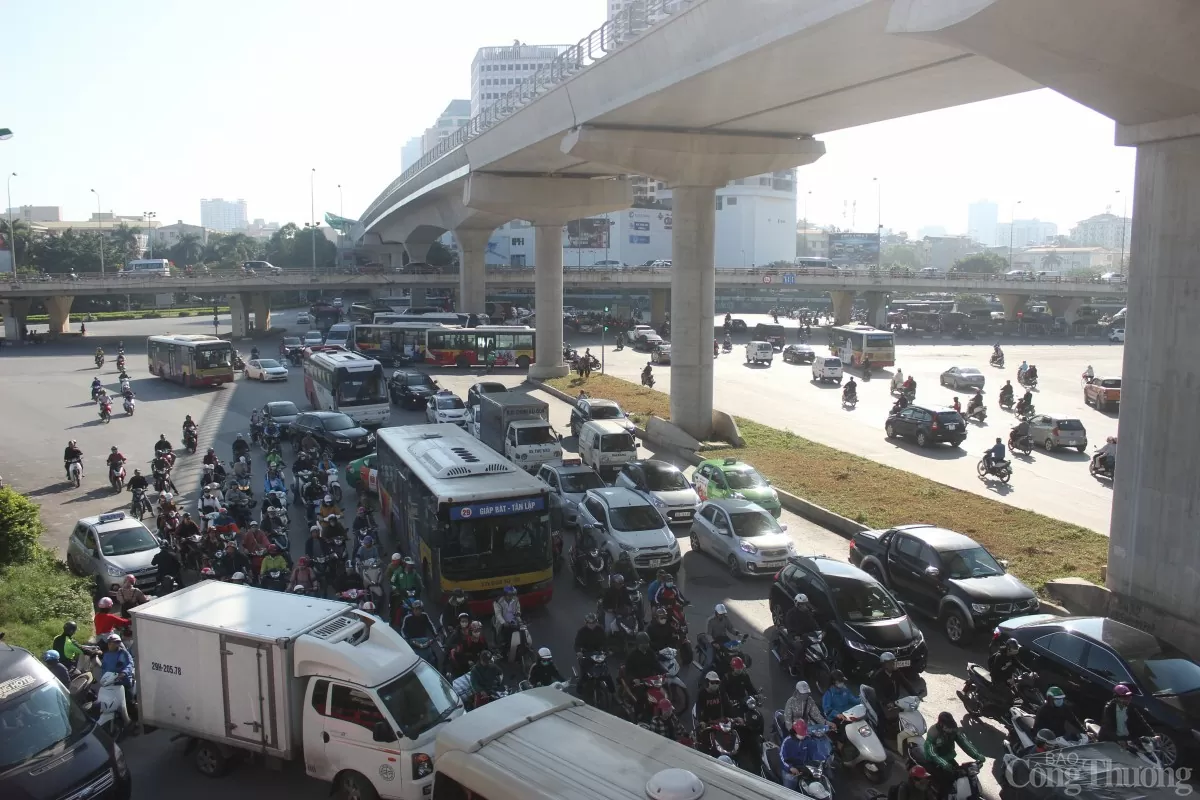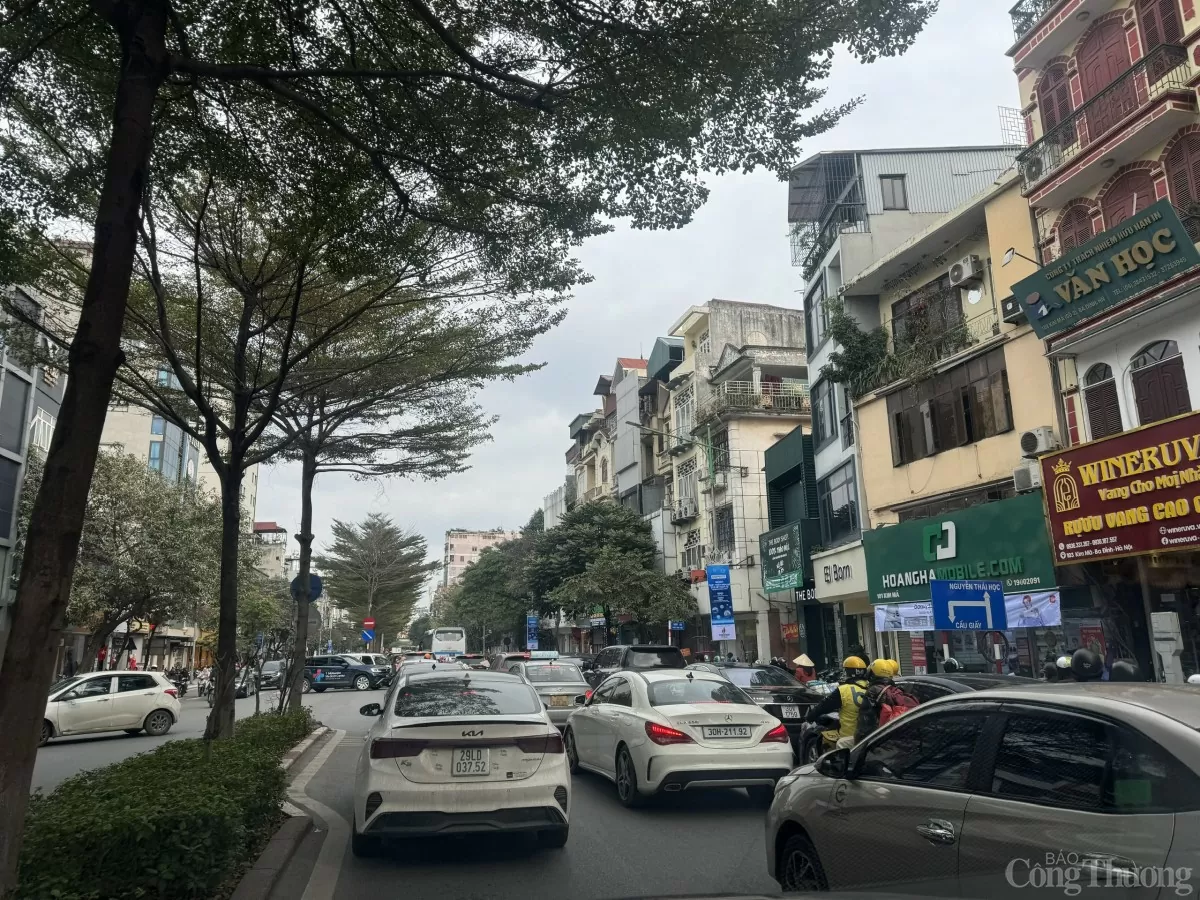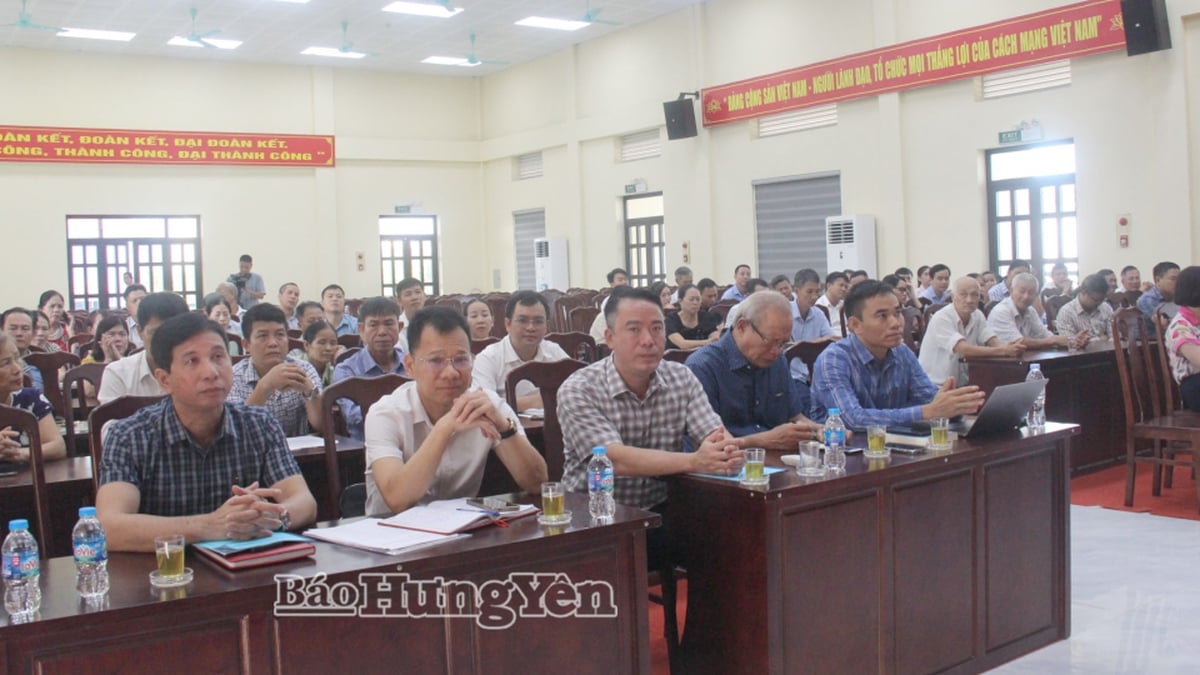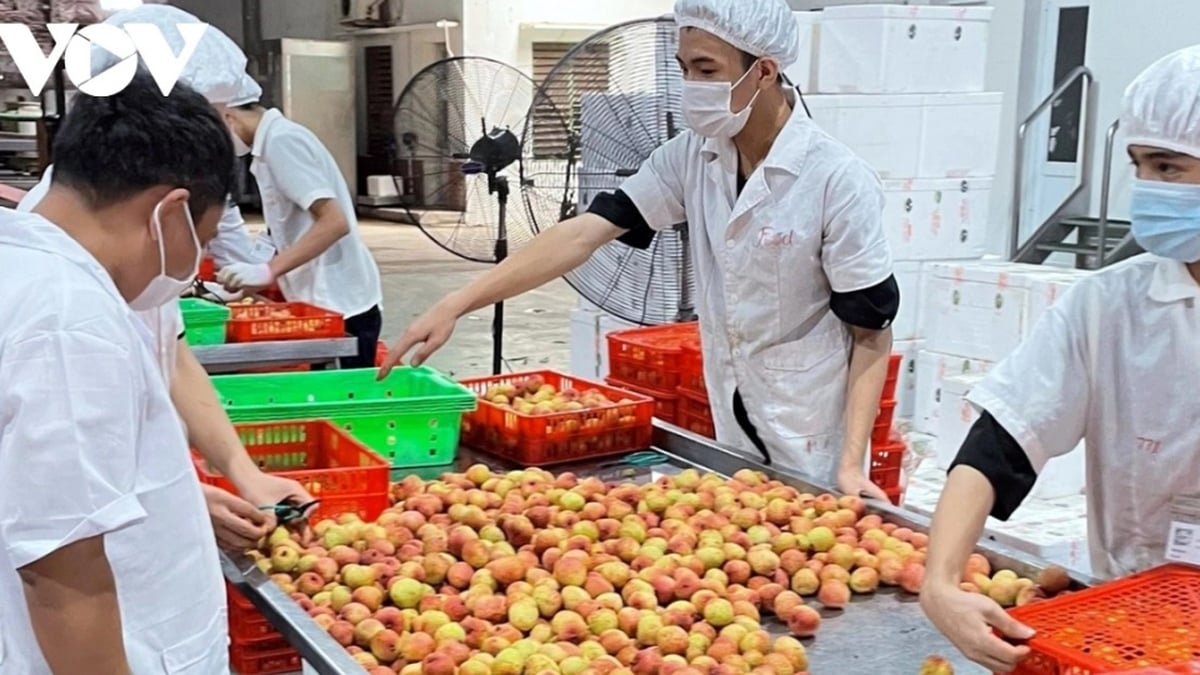Proposed roadmap for applying new emission standards with 5 levels from 2025
Currently, the Ministry of Agriculture and Environment is seeking opinions from ministries, branches and localities on the draft Decision regulating the roadmap for applying emission standards for automobiles circulating in Vietnam.
This agency proposed to apply new emission standards with 5 levels (equivalent to Euro standards, level 5 is the highest standard requirement), expected to be implemented from 2025. Notably, Hanoi and Ho Chi Minh City are expected to apply stricter emission standards than other provinces and cities across the country. Accordingly, cars manufactured since 2017 will apply level 4 in Hanoi and Ho Chi Minh City from January 1, 2026, other provinces are proposed to only require level 3.
 |
| Hanoi and Ho Chi Minh City are expected to apply stricter emission standards than other provinces and cities (Photo: Hoang Duong) |
Statistics show that Hanoi currently has more than 8 million vehicles, including about 1.1 million cars and 6.9 million motorbikes. Along with that, there are more than 1 million vehicles from other localities regularly circulating in the capital. This is considered one of the major sources of emissions causing environmental pollution.
The Capital Law 2024 was passed by the National Assembly in June 2024, effective from January 1, 2025, defining the concept of a low emission zone (LEZ) as an area designated to restrict polluting vehicles in order to improve air quality. Many people expressed their expectations that controlling vehicle emissions would help reduce congestion and environmental pollution; and build a civilized and modern capital.
Sharing with reporters of Cong Thuong Newspaper, Mr. Nguyen Van Vuong (residing in Mai Dong ward - Hai Ba Trung district) said: “ In recent years, every time the seasons change, the air in the capital becomes increasingly stuffy. Smoke and dust from vehicle exhaust, construction activities... along with dry weather greatly affect the health of the elderly and children. Therefore, controlling emissions and reducing personal vehicles, especially cars, will greatly improve traffic congestion; especially on core streets during rush hour .”
Ms. Phan Thanh Tu - an office worker in Thanh Xuan district is frustrated with having to travel from home to the company every day, although the distance is not very long, the traffic is always congested and the dust is suffocating. "One day I only go from home to the company and back but I really feel very frustrated because of the polluted air, I am always in a state of smelling of vehicle smoke and exhaust fumes. The competent authorities need to come up with short-term and long-term solutions to improve this problem. The policy of controlling emissions is very correct", Ms. Thanh Tu shared .
However, according to Ms. Thanh Tu, the implementation process also needs to be carefully researched and calculated to avoid causing major disruptions in daily life. Along with that, public transport types need to serve the travel needs of the people well.
Emission control goes hand in hand with green transport development
Experts say that emissions from vehicles currently account for 70% of air pollution. Current vehicles mainly use fossil fuels such as gasoline and oil. The process of using these fuels has created a major source of emissions that pollute the environment. Therefore, it needs to be controlled effectively.
Expressing his opinion to the reporter of Cong Thuong Newspaper, Mr. Do Van Bang - Chairman of Hanoi Transport Association said: "I think the policy of inspecting vehicle emissions, including automobile and motorbike emissions, is completely correct. In Hanoi and Ho Chi Minh City, which are large cities with a large number of vehicles, controlling these emissions is very important. This contributes significantly to ensuring the environment as well as the sustainable development of the transport industry. However, there must be specific plans and appropriate solutions to disseminate to the people to implement them in a synchronous and best way."
 |
| Cars manufactured since 2017 will apply level 4 in Hanoi and Ho Chi Minh City from January 1, 2026. Photo: Hoang Duong |
Recently, many transport units have proactively switched from gasoline-powered cars to electric cars. Mai Linh Group has signed a cooperation agreement with Xanh SM to invest in 3,999 VinFast electric cars by 2025. G7 Taxi has also purchased 899 original white VinFast VF 5 cars to deploy green taxi services in major cities by the end of 2025.
These electric vehicles will gradually replace gasoline-powered vehicles, contributing to reducing emissions, minimizing maintenance costs and saving fuel. This transition not only helps businesses comply with emission regulations but also creates a competitive advantage in the context of more and more customers prioritizing the use of environmentally friendly vehicles.
In order to reduce emissions and contribute to the sustainable development of Hanoi in the future, Director of the Department of Construction Nguyen Phi Thuong said that first of all, investing in expanding and upgrading transport infrastructure is very necessary, including building more roads, bridges, and metro systems to reduce the load on current roads.
Second, it is necessary to develop the public transport system, encourage people to use buses, subways and other public transport by improving service quality, increasing frequency and reducing fares.
In addition, it is necessary to deploy smart traffic management measures, such as installing automatic traffic light systems, surveillance cameras and applying information technology to effectively monitor and coordinate traffic.
Finally, raising public awareness of using environmentally friendly means of transport (bicycles and walking) is also important to reduce congestion and pollution. These solutions will contribute to creating a modern, safe and efficient transport system for Hanoi in the future.
The early application of the emission roadmap will not only help Hanoi and Ho Chi Minh City improve air quality but also create momentum to promote the development of the transport industry.
Currently, the most popular and influential set of emission standards is EURO, initiated by the European Union in 1992. Each EURO level (from EURO 1 to EURO 6d today) is a tightening of emission limits for toxic gases such as NOx (nitrogen oxide), HC (hydrocarbon), CO (carbon monoxide) and PM (fine dust). For example, EURO 6 standard limits NOx to only 0.08g/km for diesel vehicles, an extremely strict level compared to previous generations. In Vietnam * EURO 2 for motorbikes applied from 2007 * EURO 3 for motorbikes is applied from 1/1/2017 for newly manufactured vehicles. However, in reality, there is no emission inspection for motorbikes in circulation, which is being overcome through new regulations expected to be applied from 2026 (in Hanoi and Ho Chi Minh City). In the context of air quality in major cities often at red alert levels, the introduction of stricter emission standards requires breakthrough, scientific and humane decisions. |
Source: https://congthuong.vn/de-xuat-kiem-soat-khi-thai-phuong-tien-luu-hanh-nguoi-dan-ky-vong-gi-387131.html


































































































Comment (0)